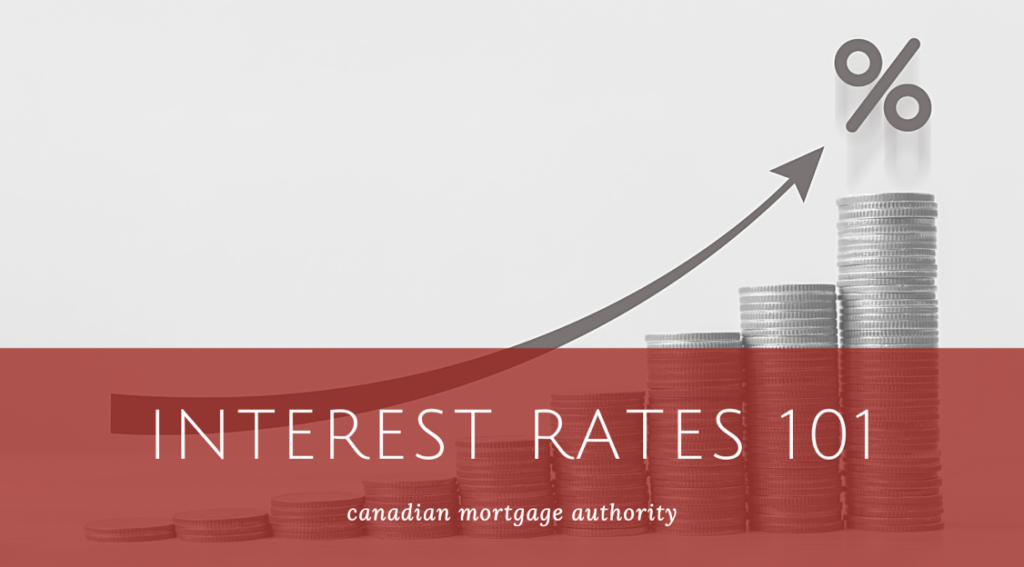Our Hamilton mortgage broker team knows how big of a role that interest rates play in the financial market and lending costs. When interest rates are high, lenders have more incentive to provide homebuyers with the mortgages they need, because they profit from high-interest rates. Interest rates that are too high can negatively impact the economy because they raise the bad debt levels. Knowing how interest rates work can be helpful when you are looking to apply for any kind of credit.
A Bit of History
The Bank of Canada, which was founded in 1935, sets the key interest rate for the country. Over the years it has adjusted how it determines the key interest rate. In 1956, this rate was set as a floating rate and changed weekly, in-line with the federal government’s 3-month treasury bills. In 1962, the rate went back to being set by the bank and was fixed. In 1980, the rate was once again set as a floating rate. From 1996 until presently, the rates went back to being set by the bank. It was in 2000 that an overnight rate target was set up. It’s this target that affects interest rates charged by financial institutions on a day to day basis, which influences consumer loans and mortgages.
Fixed-Rate vs. Variable Rate
Most mortgage lenders offer two primary interest rate types; fixed-rate or variable-rate. They both have their own benefits and the one you choose will depend on your financial needs at the time including your risk tolerance.
Fixed-Rate
With a fixed interest rate, the interest rate remains the same throughout the term of the mortgage. The benefit of this is that you are repaying the same amount every month and have more control over your budget. Fixed rates are calculated using 2 parts: the cost of the funds to the lender, or the rate of interest they are paying to their investors, which can either be external by borrowing from other lenders, selling bonds etc., or internal which would be their customers.
Variable (or Floating)
With a variable interest rate, the rate fluctuates with prime. If prime increases then the amount of interest you pay increases. If prime goes down then your interest cost decreases. This means that your monthly repayments can increase, if rates shoot up, you could end up paying a lot more than you budgeted for. However, if the rates drop, you end up paying less. Variable interest rates split the risk between yourself and the lender, and you tend to get lower rates than you do with a fixed-rate mortgage on average historically over the long run. Variable-rate loans aren’t the best choice if you need control over your budget. However, it can be beneficial if you stay in them for the long run and you can sleep at night knowing that they can increase.
Interest Rate Projections for 2020
In 2019, the bank of Canada set the interest rate at 1.75%m where it has been for the past 12 months. It has been monitoring the global economy, which weakened since July of 2019, and other global issues, as well as monitoring the Canadian economy. Most feel that there will be no change in interest rates for the year, with the question being, will the Bank of Canada planned to keep this flat rate or lower it more.
With recent events regarding Covid 19 and the resulting affect on the economy rates will remain low throughout the remainder of the year and most likely for the foreseeable future..
If you’re thinking of taking out a loan or mortgage and want to see what interest rate options are available to you, give our Hamilton mortgage broker team a call today!

